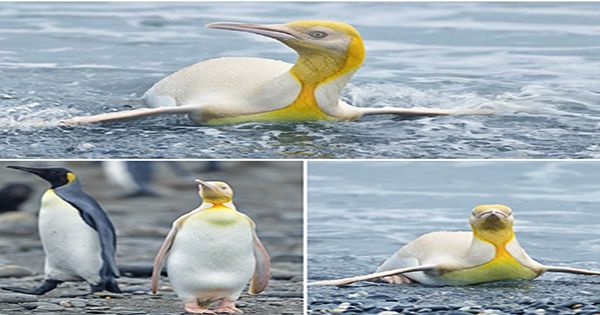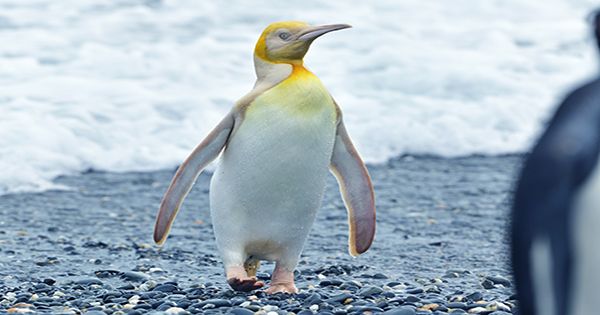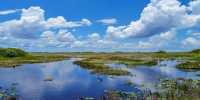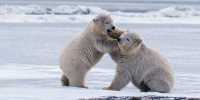According to author and self-proclaimed armchair naturalist Melissa Chen, Mandarin translates to “business goose” for penguins, why it is easy to look at the color of feathers like these airless birds and their monochromatic tuxedos.
At the time, a penguin on a remote island in South Georgia missed a black tie memo, captured on a camera by a wildlife photographer, playing bright yellow feathers instead of black. Photographs taken in December 2019 have recently released and show the lively bird wandering through the crowds of seals and penguins, its feathers contrasting with the dark palette of the island’s sails. They shot by Belgium-based wildlife photographer Yves Adams, who led other photographers on a two-month expedition to the South Atlantic. While preparing his kit on the beach, Adams caught the eye of a lively man standing among a swarm of penguins swimming on the coast.

“I’ve never seen or heard of a yellow penguin before. There were 120,000 birds on that beach and it was the only yellow one there,” Adams said in a statement to Kennedy News & Media, emailed to IFLScience. “We realized we were all going crazy. We dropped all security equipment and grabbed our cameras.”
There many physiological quirks that can be abnormally colored in wild animals such as leucism or melanism expressed by pale animals without pigment where the animal is completely black (both seen in penguins). Adams suspected that the South Georgian yellow penguin may be the antecedent of these two conditions, lacking the melanin needed to produce dark feathers. Adams suspected that the South Georgian yellow penguin may be the antecedent of these two conditions, lacking the melanin needed to produce dark feathers. The bird is notable as a King Penguin ((Aptenodytes patagonicus) because this species naturally bursts yellow feathers on their necks, so it is reasonable to assume that it can affect slightly pigmented animals.
Leucism stands apart from albinism, which is when an animal has no pigment and becomes bright white, often with blue or pink eyes. Whether or not this penguin was the result of leucism or albinism is still the source of controversy biologically, scientists need feather samples from animals, which could not be so easy to track on an island so large. Go to one side, where is Waldo? Get ready for a penguin pick.
Unfortunately, animals such as these penguins, dressed as snowy, unnaturally bright plumage, rarely benefit wildlife and actually make it easier for predators to influence their breeding success and identify them. Investigations of abnormal spots and stripes on zebras have shown that they were often involved in inbreeding, resulting in a narrowed genetic pool and a strong future for wildlife survival.
















